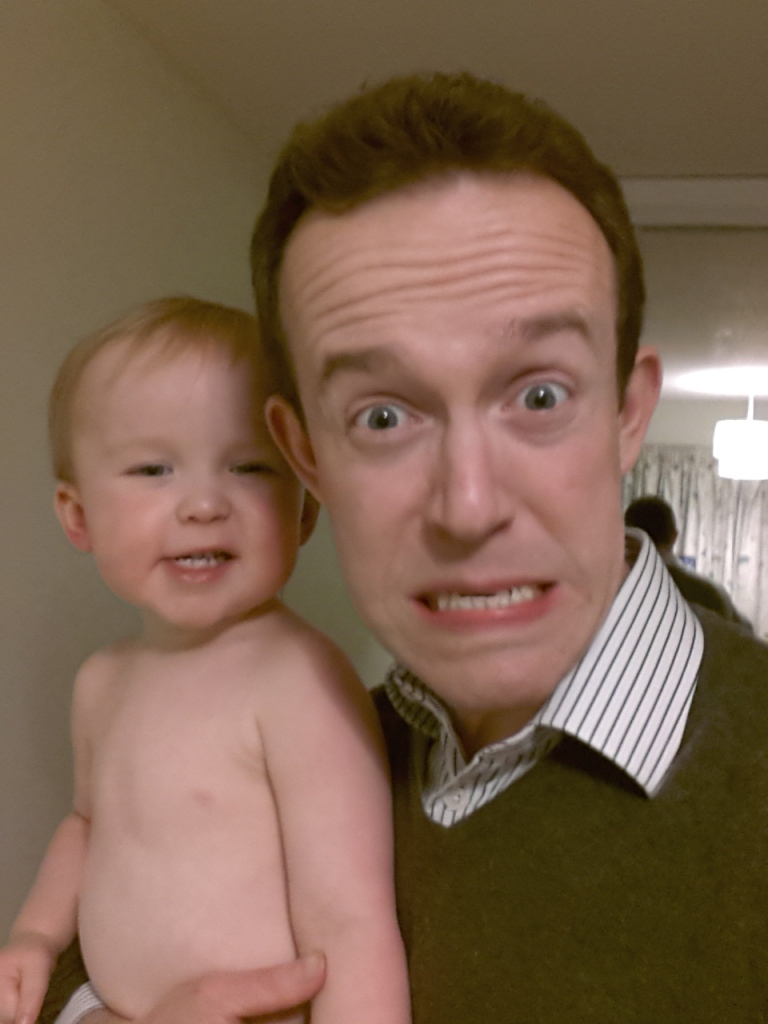
Talk about loss to anyone and they’re likely to bring up the 5 stages of grief:
“Oh, well that makes sense, because you’re still in the anger stage”
Developed by Elizabeth Kubler-Ross in 1969, the linear stages of grief move as follows:
- Denial
- Anger
- Bargaining
- Depression
- Acceptance
Sound familiar?
But, news-flash: the 5 stages of grief are not for those grieving the loss of a loved one. Kubler-Ross developed the stages as part of her research with patients who had been diagnosed with a terminal illness. They reflect the stages that a patient is likely (but not guaranteed) to go through in coming to terms with their own diagnosis. They were never meant for the people left behind, with all of the additional stresses and pressures of life continuing around us.
They are not how we should expect emotions and behaviour to develop after a bereavement.
The problem is that they give a false impression that grief is always a linear process that you work your way through, before appearing on the other side “healed” and ready to continue your life unencumbered.
And that, if your particular grief journey doesn’t fit into this generally accepted system, there’s something wrong with you.
Now, don’t beat yourself up: I’ve spent time studying psychology with bereavement being a particular focus even before Mark died, but more so afterwards. I’ve read book after book about grief and healing and moving forward. I’ve googled until my eyes were blurry. And I still didn’t know this until recently. A lot of grief counsellors base their work on these 5 stages. There are articles and workbooks for grieving children which move through these 5 stages. They’ve made their way into the popular discourse in such a way that they’ve become shorthand for all behaviour that’s part of the grieving process.
But they’re not helpful. Especially not when we’re supporting children who’ve been bereaved.
Now, it’s not Kubler-Ross’ fault. She was a visionary in the field of death and terminal illness. She helped lift some of the taboos around discussing grief, and helped countless people give language to their coming to terms with a terminal diagnosis. But her theory has been taken and popularised in such a way that people criticise themselves for not “doing grief right”, or onlookers feel uncomfortable when a widow or bereaved child seems to “slip back” in the process after “doing so well”. But the truth is that grieving is not about checking off stages, it’s not about “doing well” because you’ve moved on to acceptance really quickly and made everyone else feel more comfortable.
Grief is dancing at the wake because your 2 year old loves this song.
Grief is spending the afternoon laughing over wine with you friends and then waking the next morning with an overwhelming sadness.
Grief is cleaning out the loft 6 years later and being blindsided by a running hat and spending the next 4 hours trying to shake the spiral of memories that have appeared, unbidden, whilst you’re helping your 8 year old with his maths homework and feeding your baby steamed carrots.
Grief is raw. And unexpected.
It’s a small boy suddenly wanting to know what his Dad’s favourite food was when he hasn’t mentioned him for about 3 weeks.
It will be a 13 year old storming off to his room because he feels like something is missing but can’t identify what, when he’s been happily playing Pokémon with you for the last hour.
Grief is confusing, and messy, and more like that tangled bundle of wool you’ve found in the bottom of the craft box than the ladder hanging in the shed with its clean and regularly spaced rungs.
But that’s ok. Sure, a theory would be helpful for academics; and motivational post-its. But real life is messy anyway, whatever age you are. We shouldn’t need the 5 stages in order to talk with people about grief and loss. We should just be there for each other.

💜💜🐘🐘
LikeLike
Sending love and huge respect and thanks. xxx
LikeLike